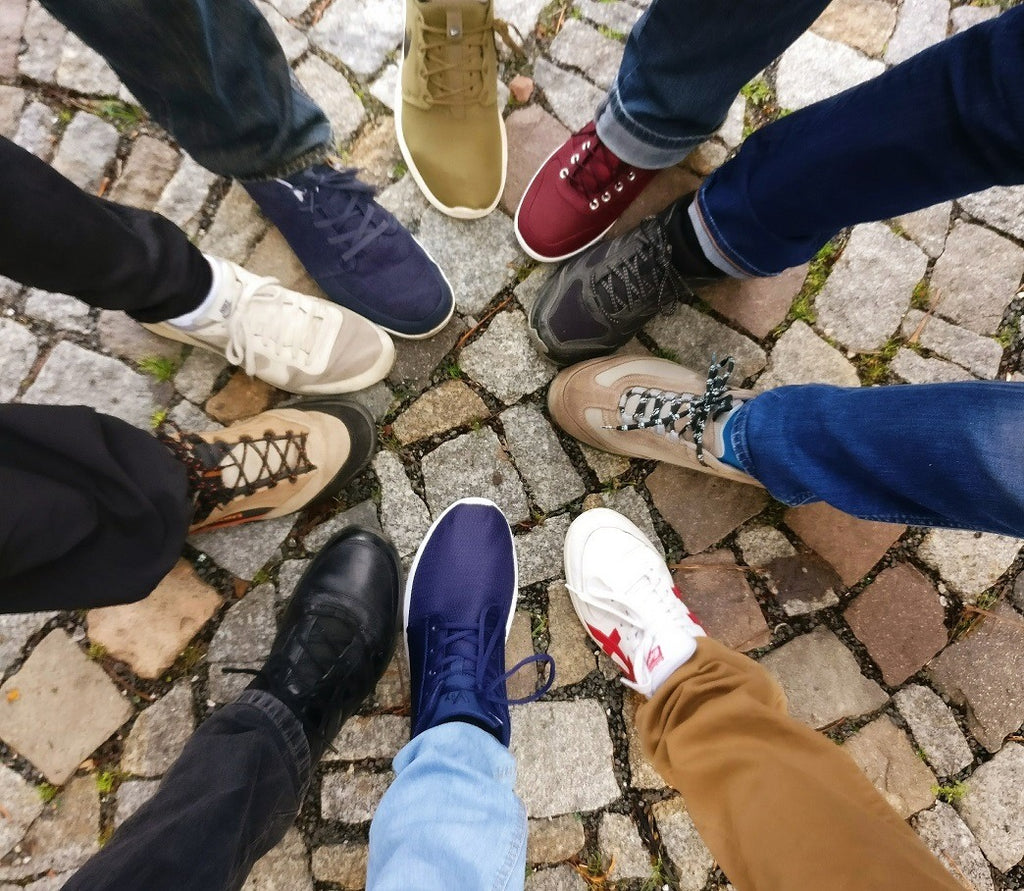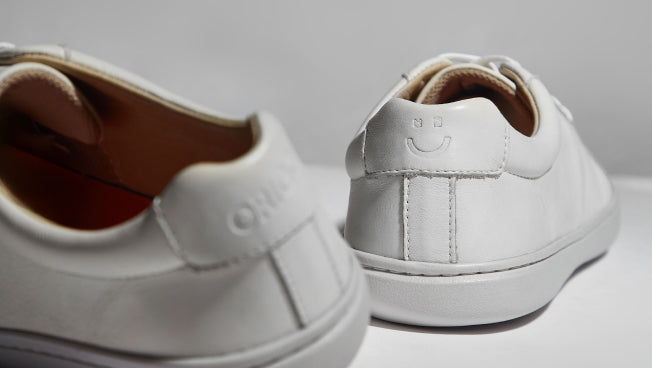
While it’s pleasing to have fashionable footwear, comfortable everyday shoes are a must. It’s essential to have shoes that you can wear for hours without having them pinch your feet and cram your toes together. Durability and protection are important, too, especially if you’re on your feet for long periods every day or do many tasks that require a lot of walking outdoors.
Some swear by highly cushioned trainers, while others opt for ballet flats, flip-flops or boots. But what about minimalist shoes?
Lightweight with minimal cushioning, minimalist shoes have earned a following among athletes passionate about natural movement. However, they’re fast gaining popularity as everyday footwear.
Fans of minimalist shoes love how lightweight they are and how the wide toe box means their toes don’t have to be squished together all day. However, those who are pro-regular shoes claim that minimalist shoes don’t provide enough stability and support.
Below, we’ll delve into whether minimalist shoes are ideal for everyday wear and how they compare with regular shoes in terms of performance, comfort and style.
Barefoot Shoes vs. Regular Shoes: Weight
As previously mentioned, minimalist shoes are light on the feet. To be considered minimalist footwear, the shoes should not weigh more than 10.5 ounces.
Regular footwear is far heavier as the average men’s shoes can vary in weight from 17.6 ounces to 35.3 ounces, while typical women’s shoes can weigh anywhere from 14.1 ounces to 31.74 ounces.
Does weight matter? The answer is yes. A study published in the European Journal of Applied Physiology found that people who walked in heavy shoes expended more energy, so the wearer would get tired more quickly. What’s more, heavy footwear can cause strain on the joints and stretch the ligaments, leading to eventual pain and tightness.
Barefoot Shoes vs. Regular Shoes: Heel-to-Toe Drop
“Heel-to-toe drop” or “heel drop” refers to the difference in cushioning thickness between the heel and forefoot. Meanwhile, stack height is the amount of shoe material between the foot and the ground.
Regular walking shoes have a stack height of between 9 mm and 29 mm and a heel drop of 8 mm to 12 mm. Meanwhile, minimalist shoes have far less cushioning than regular shoes and have a low stack height that ranges from 3 mm to 13 mm and averages around 8mm. They also have a heel drop of 0 mm.
Your feet in minimalist shoes are closer to the ground, allowing the wearer to have improved proprioception or body awareness. Proprioception plays an important role in maintaining balance, stability and support. Further, wearing shoes with low to zero heel drop encourages better posture and may improve foot health by helping strengthen the muscles of the feet and ankles.
Barefoot Shoes vs. Regular Shoes: Durability and Protection
Regular shoes like sneakers, flats and boots typically have thick outsoles made from blown rubber, carbon rubber or ethylene-vinyl acetate (EVA) foam. These materials vary in durability, but they protect against impact and walking hazards like rocks and glass. However, the downside of thick outsoles is the weight they add to shoes. In addition, excess cushioning in the soles may increase the risk of injury because they result in increased impact loading and leg stiffness.
Minimalist shoes, on the other hand, generally have thin, lightweight outsoles. They have just enough cushioning to ensure comfort while protecting the wearer from walking hazards.
The durability of minimalist shoes depends on how they’re made and the materials they’re made from. For instance, Origo Shoes offers sneakers with soles made from thermoplastic rubber (TPR), a resilient yet flexible material, with a biopolymer to accelerate biodegradation. Other materials used by Origo Shoes include natural leather sources from sustainable tanneries and cotton canvas.
Barefoot Shoes vs. Regular Shoes: Comfort
Minimalist or barefoot shoes have a wide toe box, providing toes ample room to splay. This ensures comfort even after walking for long periods. What’s more, the wide fit of barefoot shoes helps prevent the formation of bunions or painful bumps that often result from wearing shoes that are too tight. By allowing your toes to splay as they should, minimalist shoes will help ease pain, discomfort and other symptoms of bunions.
Regular sneakers come in wide sizes. Often, however, they require a lot of breaking in before they can be worn comfortably.
Meanwhile, other popular daily footwear options like flats and boots often have toe boxes that are pointed or narrow. Even if you purchase a pair in a wide size, the narrow toe box can crowd the toes together, causing discomfort and potentially affecting foot health.
Comfort or Style? Get Both With Barefoot Shoes
A common misconception about barefoot or minimalist shoes is that they all look like toe shoes. However, that is far from the truth. Footwear experts like Origo Shoes offer a wide range of footwear styles in various materials.
Origo Shoes’ women’s collection features footwear in classic sneaker silhouettes that will look good when paired with jeans, dresses and skirts, but with the wide toe box and a low stack height of minimalist shoes. They come in colors and materials ranging from classic white canvas to metallic gold cactus leather. Origo Shoes’ men’s footwear collection, offers heightened comfort and style.
Minimalist Shoes Made for Walking
Origo Shoes is a brand offering comfortable, stylish footwear that delivers the foot health benefits of barefoot shoes. By reading their story, you can learn more about their commitment to sustainably and ethically made minimalist footwear.






